How to Optimize the Middle of the Funnel with Content for Travel & Tourism
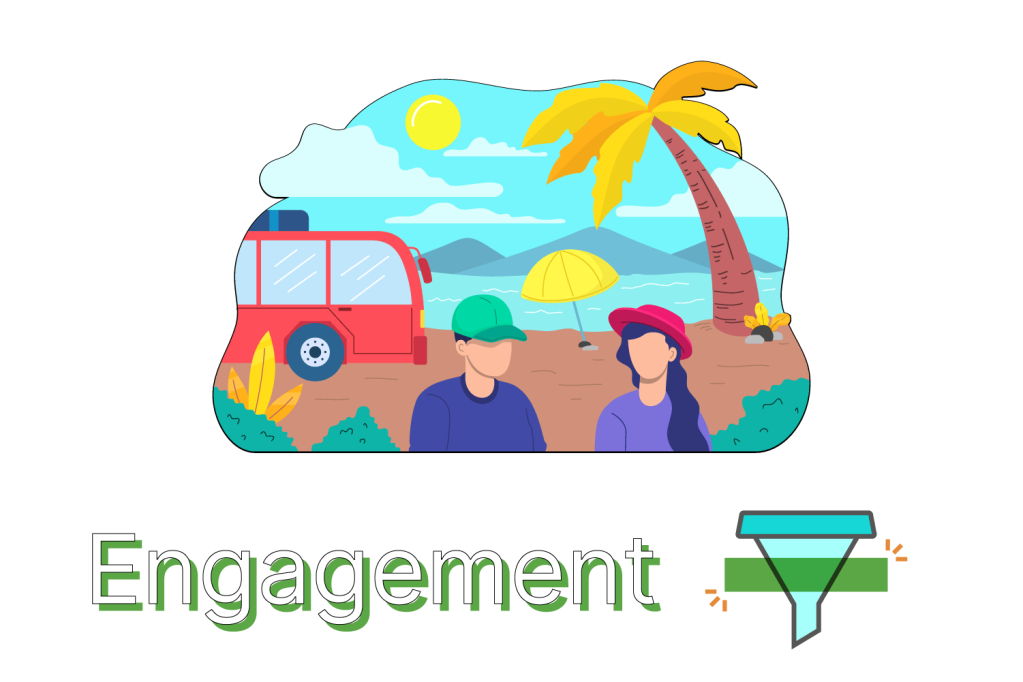
Bottom-of-funnel gets a lot of the attention in The Content Marketer’s Funnel. It’s where all the sales and bottom-line revenue happens. But bottom-of-funnel content can’t help you make a single sale without a healthy mid-funnel feeding it.
Mid-funnel content is crucial to drive audience engagement and eventually conversions—it’s the glue that makes content marketing work. This stage is responsible for educating your audience, proving the credibility or depth of your expertise, and, ultimately, solidifying a previously passive audience as viable, qualified leads who want to learn more about what you sell.
Without a functional mid-funnel, you risk collapsing the whole funnel, whiplashing from educational-awareness content too quickly toward sales pitches and bottom-of-funnel, decision-type content. Worse, an empty mid-funnel may also damage trust in your brand.
Table of Contents
- Compel mid-funnel readers to further engage with your content
- Scope calls-to-action with precision to move readers beyond the mid-funnel stage
- Connect calls-to-action with meaningful metrics to measure mid-funnel performance
Compel mid-funnel readers to further engage with your content
At its core, mid-funnel content’s goal is to drive further engagement, typically in exchange for contact information, which will be used to convert a reader to a true lead. It’s about driving your audience from passively reading a piece of content to actively engaging—either by clicking on, downloading, or registering for something on your site.
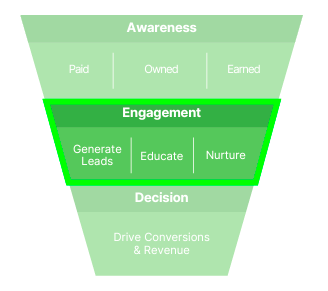
Put another way, the engagement stage is the “consideration” stage, where you educate your audience on a deeper level. Engagement is the place for industry-specific topic conversations with less focus on product-specific pitches. Think webinars, in-depth ebooks, or other assets that build authoritative trust in your organization even as your goal is to convert leads into customers through nurturing.
Mid-funnel content will vary based on your company and goals, but common examples include:
- Newsletters/email marketing
- Nurture campaigns
- Courses/workshops
- Free trials
- White papers
- Data studies
This content should persuade your audience to engage and convert, keeping them moving down the content marketing funnel.
Scope calls-to-action with precision to move readers beyond the mid-funnel stage
The foundation to ensuring successful mid-funnel content: a tactful call-to-action. The copy that drives action from your audience, aptly named call-to-action (CTA), has to compel further engagement with your site.
Let’s explore guidelines to writing powerful CTAs that drive conversions:
- Lead with compelling verb choices. Each CTA should start with a verb to get the reader in the mindset of taking action. Instead of labeling a CTA button “guide” or “travel information,” try “download the must-have guide to claim the coupon” or “learn why Panama is the best place to travel in 2021.”
- Be precise with the next action your reader should take. A CTA shouldn’t look like clickbait. Instead of a vague “learn more,” try “click to join 2,000 other travelers” or “join the community at no cost” so the audience can opt-in to your newsletter list with little hesitation.
- Always test, optimize, and test some more. Even a boost of +1% clicks on your engagement stage CTA can make a big difference. In a marketing funnel of 10,000 leads with a bottom-of-funnel conversion rate of 20%, that could mean 20 new customers. Make a practice of running tests every couple of weeks or on a monthly cadence to bring structure to the process.
- Speak to your audience in terms they understand. “Book a cost-effective flight today” may not be as relatable as “search for dirt-cheap flights,” for example.
Pro tip: Write better CTAs to improve click-through rate (CTR) associated with your content, regardless of the funnel stage. Otherwise, you’ll be dealing with disappointing content performance at the engagement stage.
For inspiration, we’ve compiled some outstanding examples of engagement stage content from the travel and tourism industry.
Scott’s Cheap Flights
It’s essential for Scott’s Cheap Flights, a high-trafficked site, to separate qualified leads from unqualified leads.
The pop-up below fires immediately on their content pieces, a sensible way to prime action. Not only does it provide examples of what you’ll get if you join Scott’s, but it also dispenses a coupon, clinching the click with the “join for free” CTA in exchange for an email address on the next page.
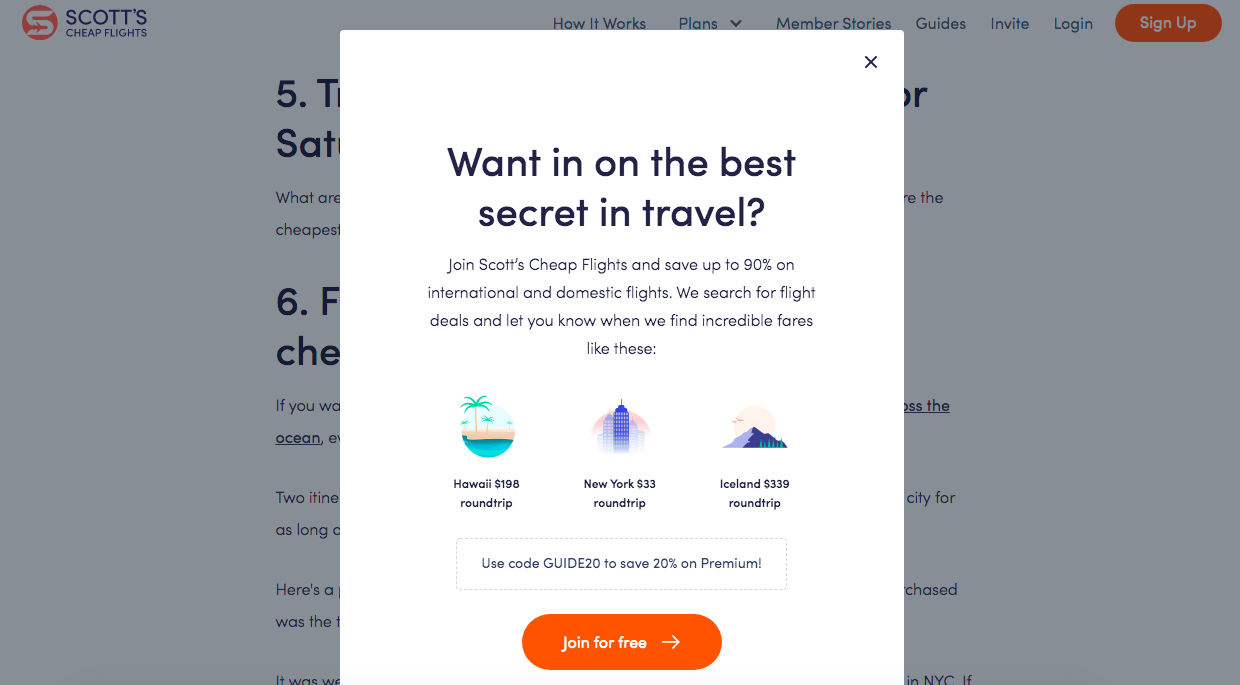
Elizabeth Minchilli
Elizabeth Minchilli, an author, travel influencer, and leader of food tours across Italy, publishes a monthly newsletter to stay in touch with her readers. She doesn’t stop at “subscribe” though—she has different pay tiers of the email newsletter and cross-publishes on different channels like podcasts and social media to further engage readers wherever they are.
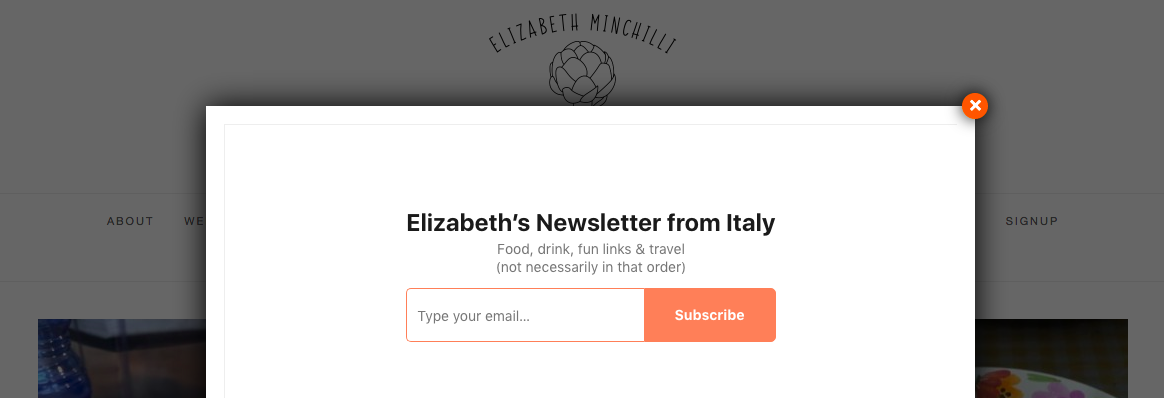
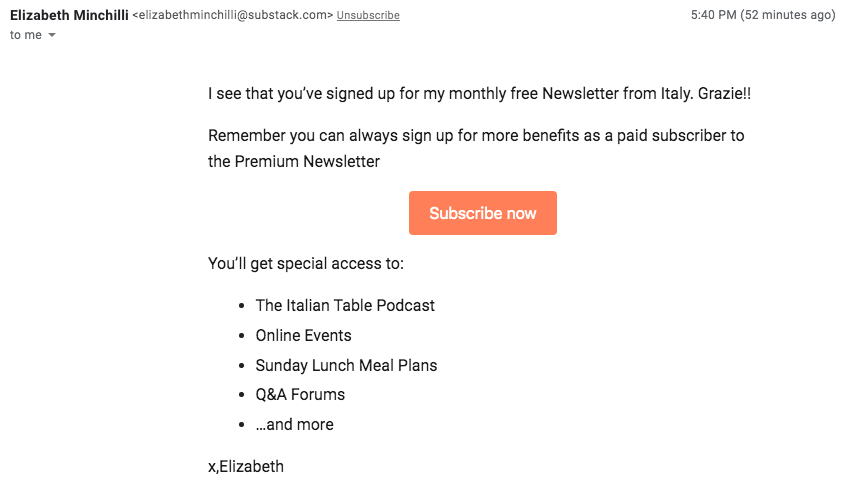
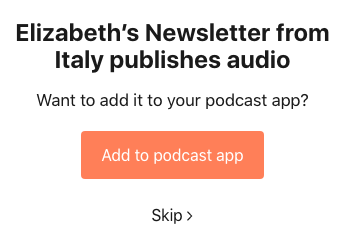
Elizabeth also regularly writes food guides for different cities—a perfect engagement-stage primer to direct her audience to the next bottom-of-funnel purchase decision: a food tour led by her and her daughter.
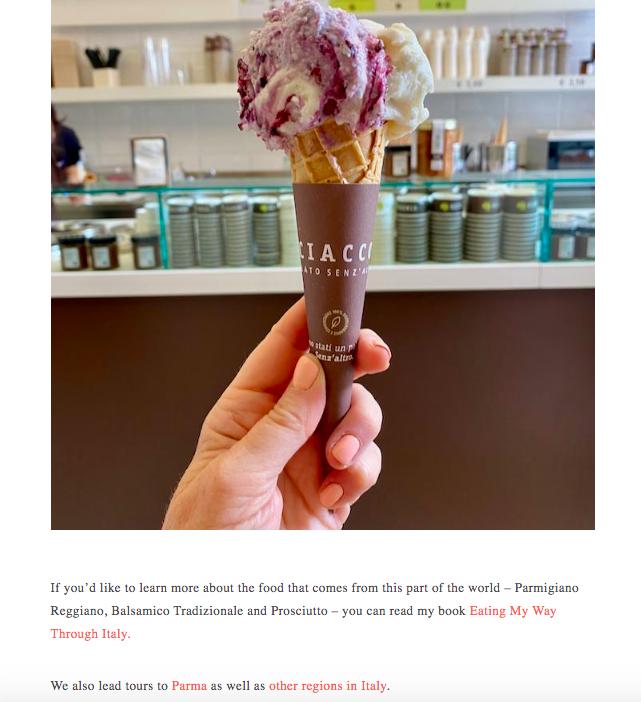
(Source: Elizabeth Minchilli’s guide “Where to Eat in Parma”)
FareHarbor
FareHarbor, an online booking software in the activity and tourism industry, has well-oiled marketing funnel stages. The first thing your eye is drawn to on their site is “book a demo,” a classic example of an engagement stage CTA with a detailed form to fill out before the demo.

They also have alternative CTAs to the demo, like taking a tour or watching a highlights video.
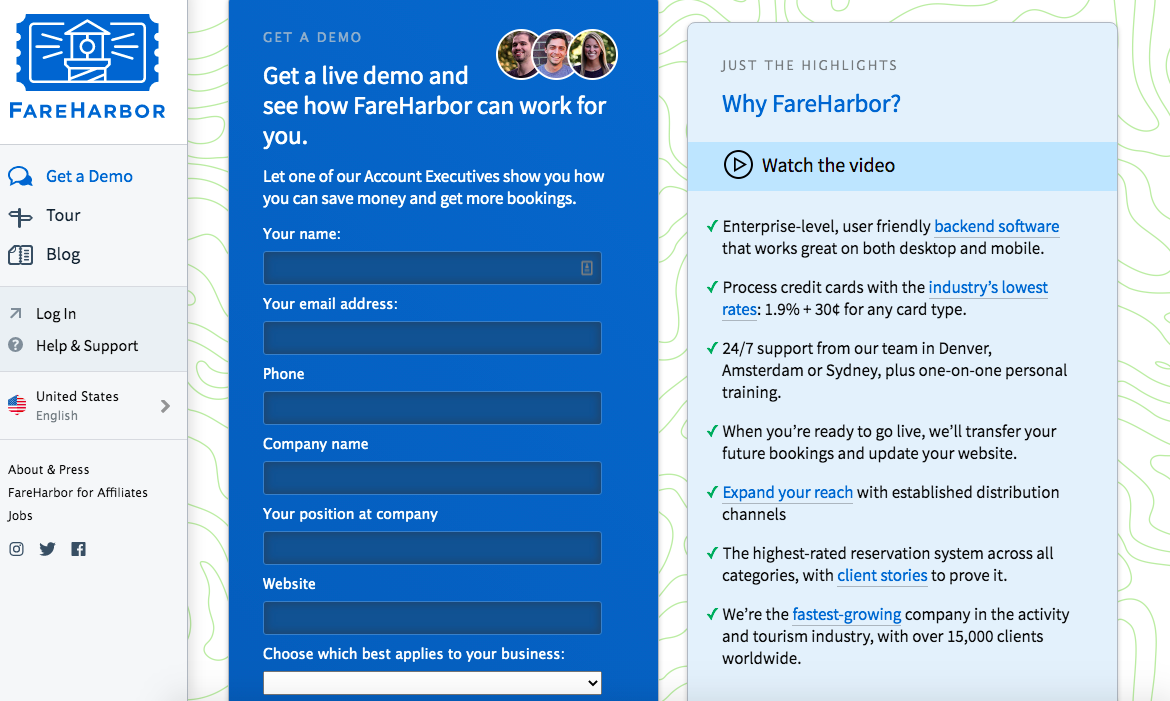
Connect calls-to-action with meaningful metrics to measure mid-funnel performance
There are key metrics that measure the effectiveness of your mid-funnel content. First, look at how deeply your readers are interacting with your content through engaged-time. Beyond surface-level metrics like timestamps, time-on-page, or bounce rate, engaged-time determines true engagement, an area where many analytics platforms fall short. Keep an eye on this metric to learn what content is building trust in your brand and getting readers to spend time with your website.
Also look at the effectiveness of your CTAs by tallying clicks, downloads, or enrollees you garner from engagement activities, e.g., downloads of a gated piece of content. If a particular email drip ends with a product guide download, it might be email opens, click rates, or a converting click on the final CTA of the sequence. Or the number of people who request demos, attend a webinar, or download your podcast episode.
Parse.ly easily tracks content conversions, which is exactly the metric you’ll need to measure what content is leading to those types of valuable actions.
Track true content engagement down the marketing funnel stages with Parse.ly
If the awareness stage of The Content Marketer’s Funnel is all about casting a wide net, the engagement stage is about selecting the fish most likely to drive business growth. In effect, allowing your most valuable fish to self-select. Making that trip down the funnel stream as frictionless as possible is key to turning those fish into money-making sushi. Learn how Parse.ly can provide clarity into your content marketing funnel, schedule a demo today.